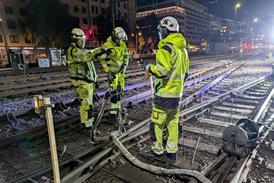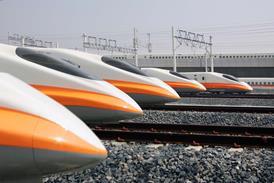Social distancing measures in place as Transport for London increases services
By Metro Report International2020-05-18T16:18:00

UK: ‘Coronavirus poses monumental challenges to our city’s complex public transport network’, said Mayor of London Sadiq Khan on May 18, when Transport for London began increasing its services to accommodate growing ridership as coronavirus lock-down measures are eased.
Already have an account? LOG IN
To continue…
You’ve reached your limit of content for the month
Get enhanced access to Railway Gazette news and weekly newsletters.

For almost 200 years, the Railway Gazette Group has been the leading provider of news, analysis and intelligence for the international railway industry. Our independent and authoritative content is read by operators, regulators and the supply industry in over 140 countries using a variety of tailored subscription packages.
Site powered by Webvision Cloud



